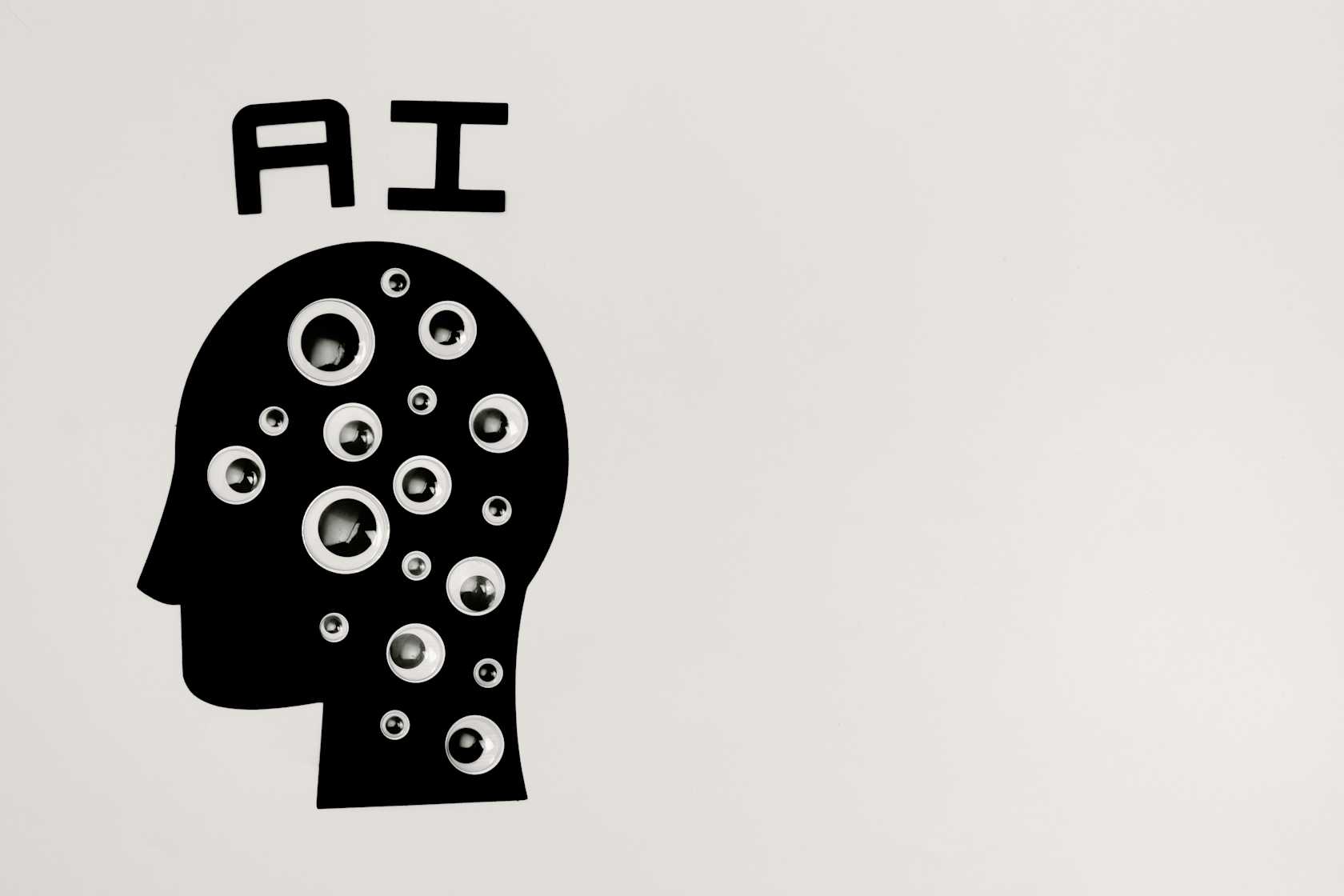How Businesses Use AI to Save Time, Cut Costs, and Improve Results
ByJulian Gette
Workast publisher

Workast publisher
It’s hard to open a news feed today without seeing another headline about artificial intelligence. It’s often portrayed as either a job-stealing robot overlord or a magical solution for every problem imaginable. But beyond the sci-fi fantasies and the buzzwords, a quiet revolution is happening in businesses of all sizes. Companies’ goals are straightforward: save precious time, cut unnecessary costs, and, ultimately, deliver better results for their customers and their bottom line.
For decades, businesses have been trying to optimize time, but AI represents a quantum leap forward. Its most immediate impact is in taking repetitive, time-consuming tasks off employees' plates.
Think about the administrative burdens that fill a workday:
Data Entry and Processing: Manually transferring information from invoices, forms, or emails into a database.
Scheduling and Coordination: The endless back-and-forth of meeting scheduling.
AI excels at these tasks. Robotic Process Automation (RPA) bots can log into systems, extract data, and populate fields with superhuman speed and accuracy. AI-powered scheduling assistants can analyze calendars, propose optimal times, and send out invites without a single human intervention.
The result is that employees are freed up to focus on strategic, creative, and complex tasks that actually require a human touch, like building client relationships, designing new products, or solving nuanced problems.
This is where AI moves from being a handy tool to a strategic asset. AI's ability to find patterns in data that are invisible to the human eye is transforming business outcomes.
Remember when Netflix recommended a show you ended up loving? That’s AI at work. Businesses now use the same principle to personalize customer interactions.
Product Recommendations: ‘Customers who bought X also bought Y.’
Targeted Ad Campaigns: Showing ads only to people most likely to be interested, based on their online behavior and demographics.
Dynamic Pricing: Airlines and hotels have done this for years, but now retailers can adjust prices based on demand, competition, and inventory levels.
This is a huge area of growth. AI-powered chatbots and virtual assistants can handle thousands of customer interactions simultaneously, 24/7. They’ve evolved from clunky, frustrating menus to sophisticated conversational agents that can understand context and intent.
In critical applications like voice-based support, where every millisecond of delay breaks the illusion of a natural conversation, the underlying technology is key. This is where a solution like Telnyx Low-Latency Voice AI ensures that the interaction is smooth, instantaneous, and genuinely human. This prevents customer frustration and builds trust. Also, it minimizes lag with a simple strategy: proximity. We position our infrastructure at the heart of the internet's major intersections and build direct bridges to top carriers and clouds. This means voice traffic doesn't detour; it takes the most efficient path from start to finish for faster, clearer connections.
Saving time directly translates to saving money, but AI's cost-cutting abilities go much deeper. It’s about working smarter, not just faster.
For manufacturing and industries reliant on heavy machinery, downtime is a massive profit-killer. AI can monitor equipment sensors to detect subtle anomalies that precede a failure. Instead of waiting for a machine to break (reactive) or servicing it on a fixed schedule, whether it needs it or not (preventive), AI enables predictive maintenance.
From managing energy use in a large office building to optimizing cloud computing costs, AI can dynamically adjust resources based on real-time need, eliminating waste and reducing utility and operational bills.
Instead of relying on gut feelings, companies can use AI to analyze customer feedback, market trends, and competitive intelligence to answer critical questions:
What features are our users actually asking for?
What is the sentiment around our brand compared to our competitors?
What emerging trend should we capitalize on next?
This allows businesses to innovate with confidence, creating products and services that the market truly wants.
To make this even more concrete, let's see how different sectors are applying these principles.
Healthcare: AI algorithms can analyze medical images (X-rays, MRIs) to detect diseases like cancer earlier and with greater accuracy than the human eye. This saves time for radiologists and saves lives through earlier intervention.
Finance: Banks use AI to detect fraudulent transactions in real-time, protecting their customers and saving millions. They also use AI for automated credit scoring, making loan approvals faster and fairer.
Human Resources: AI can quickly scan thousands of resumes to identify the most qualified candidates based on specific criteria, drastically reducing the time-to-hire and helping to eliminate unconscious bias.
The thought of integrating AI can be daunting, but it doesn't have to be an all-or-nothing overhaul. The most successful implementations start small.
Identify the Pain Point: Where is your team spending the most time on repetitive tasks? What process is most prone to costly errors? Where are you flying blind without good data? Start there.
Find the Right Tool: The AI software market is booming. There are off-the-shelf solutions for everything from email marketing automation to customer service. You don't always need to build your own.
Focus on Augmentation, Not Replacement: Frame the AI tool as a way to make your team's jobs easier and more rewarding. Involve them in the process and provide training.
Start with a Pilot: Run a small-scale test with a dedicated group. Measure the results: time saved, error reduction, cost changes, and use that data to justify a wider rollout.
The goal isn't a fully automated, sterile operation. It's a synergistic environment where human intuition and machine intelligence work together. By saving time on the mundane, cutting costs through intelligent efficiency, and using data to make brilliant decisions, businesses aren't just surviving in the modern economy; they're thriving. And that’s a result everyone can get behind.


